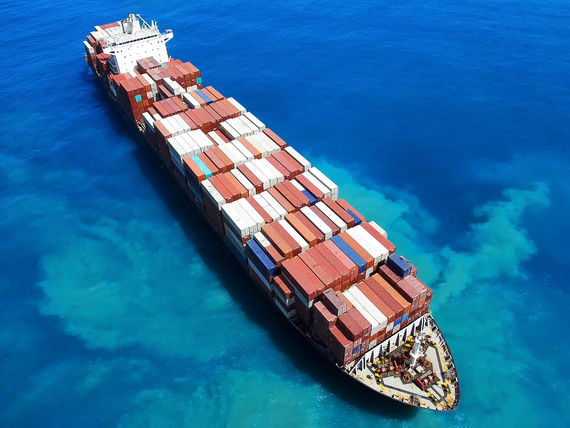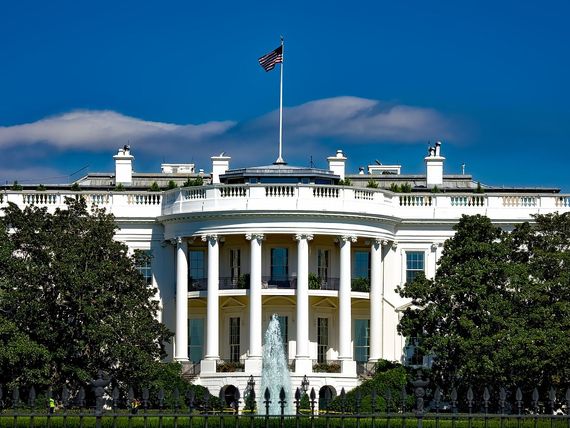What We're Reading: BDP Trendwatch Week 10

Blank sailings, demand drop could cost carriers a combined $1.9B
"We can see signs of recovery on the bookings in China but we are not back to normal levels yet," Tim Seifert, the director of corporate communications for Hapag-Lloyd told Supply Chain Dive in an email. "However, the transport of sea freight between the hinterland and ports in China is showing gradual improvements over the last couple of days."
Manufacturers across China recently announced production restarted in some capacity or would begin in the coming weeks.
Foxconn executives acknowledged Tuesday it had cut capacity by 50% compared to its normal Q1 throughput, which is lower than the second half of the year, according to Nikkei Asian Review. The electronics manufacturer expects production to return to normal next quarter, but is planning to increase production capacity outside of China from 25% to 30% of the total, Nikkei reported.
Source: Supply Chain Dive
US manufacturing hit by coronavirus but maintains growth
Across sectors, decreasing raw material prices were a bright spot in ISM's report. Amid softening demand, prices fell for "steel, scrap steel, aluminum, natural gas, corrugate, copper and all basic manufacturing fundamentals," according to Fiore.
In China, however, manufacturing levels hit lows not seen since January 2005, posting a PMI of 35.7% for February. The coronavirus outbreak has suspended or slowed factory operations and shipments of goods, sharply reversing the stability of the previous months, in a trend analysts and business leaders estimate could continue through the second quarter.
Source: Supply Chain Dive
Brexit was tough. The next 10 months look no easier.
Think four years of political noise over Brexit will subside now that the European Union and Britain are set at last to kick-off negotiations on their future trade relationship? Think again.
Politics will be at the forefront of the EU-U.K. talks due to begin on Monday in Brussels. As a result, businesses must take seriously the risk of tariffs and quotas on two-way trade reemerging as of January 2021, when the post-Brexit transition that maintains the economic status quo is due to end.
Traditionally, the politicians spend months, even years, grandstanding and promising the electorate prosperity from their proposed policies, then hand things off to the technocrats to toil away in obscurity on hundreds of pages of minutia contained in your average trade deal.
Source: American Journal of Transportation
French ports unveil second part of container traffic recovery plan for Le Havre
Haropa, the union of the French ports of Paris, Rouen and Le Havre, has announced the second part of its stimulus measures, targeting container traffic lost during industrial action in December and January.
With French president Emmanuel Macron deciding to force through his controversial pension reforms, despite significant industrial unrest, there appears to be a general mood of recuperation from all stakeholders at Le Havre.
Yesterday, the port, along with stevedores, unions, mooring and tug operators and several other stakeholders, put their signatures to the second part of a programme that aims to create a “recovery shock”.
Source: The Loadstar
Australia's China-dependent economy starts to feel the effect of the virus
Australia’s freight volumes have taken a nosedive due to the coronavirus crisis – one ocean carrier reportedly cutting temporary staff as a result.
Cam Dumesny, chief executive of the Western Roads Federation (WRF), said the impact from China’s extended factory shutdown and subsequent cargo congestion would be severe.
“This is due to the heavy integration of our economy and supply chains with China’s,” he told The Loadstar.
Source: The Loadstar
Chinese puzzle for box ship operators with new ban on open-loop scrubbers
When demand for container shipping renews, vessels returning to China to load exports could find themselves on wrong side of a new emissions law.
At the weekend, the country banned the use of open-loop scrubbers with the ministry of transportation’s 2020 Global Fuel Oil Sulphur Limitation Order Implementation Plan (2020 plan).
It prohibits the use of fuel oil with a sulphur content exceeding 0.5% within 12 miles of China, vessels entering its waters carrying self-use fuel oil with a sulphur content exceeding 0.5%, but makes an exception for vessels fitted with “compliant” scrubbers.
Source: The Loadstar


